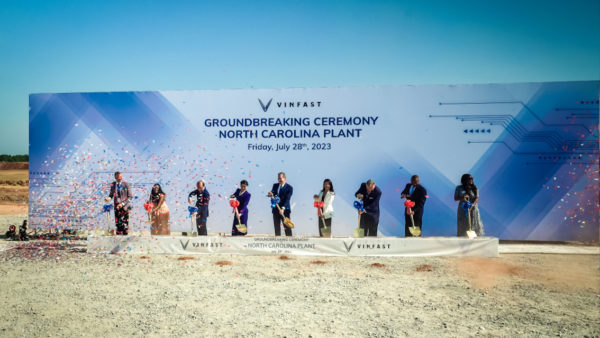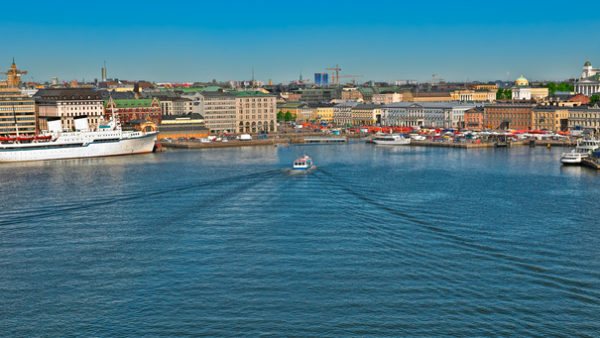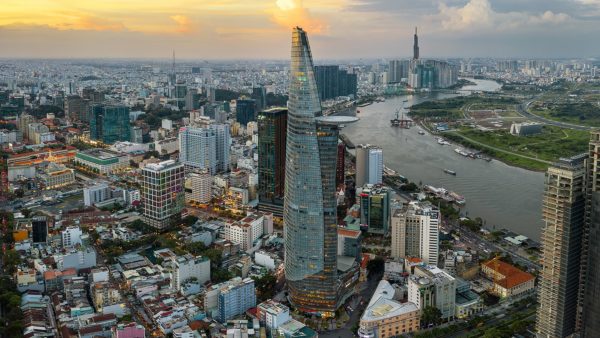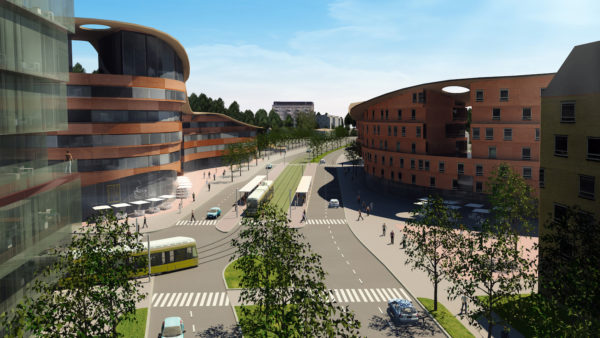Researchers at the University of British Columbia have developed a form of concrete that is able to stretch without breaking, making it better able to resist the kind of forces produced by earth movements.
As all structural engineers learn when still very young, concrete is strong under compression but weak under tension. This material, which is about to make its debut at a Vancouver elementary school, has its molecular structure altered to give it the malleability and ductility of a metal, which allows it to stretch rather than snap when subject to tensile forces.
What is more, the material does not have to form the main structural frame of a building – rather, it can be sprayed on as a thin coating.
Unbreakable
The material is called "eco-friendly ductile cementitious composite", or EDCC, and according to its inventors it is able to resist earthquakes as high as 9.1 on the Richter scale – a rating that usually means more than a thousand dead and damage in the billions of dollars if it strikes an urban area.
This magnitude was last seen in the 2011 TÅhoku quake that led to the tsunami that destroyed the Fukushima Daiichi nuclear power station.

Soleimani-Dashtaki, one of the inventors of the material (Flickr)
Salman Soleimani-Dashtaki, a doctoral candidate in the department of civil engineering, said: "We sprayed a number of walls with a 10mm-thick layer of EDCC. Then we subjected them to TÅhoku-level quakes and other types and intensities of earthquakes-and we couldn’t break them. "
A YouTube video of the EDCC in action can be seen here. This shows a concrete panel being subjected to a simulated earthquake, and bending like a sheet of rubber.
How it works
The cement gains its ductility by an addition of plastic fibres, fly ash and other industrial additives. The use of ash allows the material to claim the "eco" label. Â
Nemy Banthia, a professor of civil engineering at UBC, said: "By replacing nearly 70% of cement with fly ash, an industrial by-product, we can reduce the amount of cement used. This is quite an urgent requirement as one tonne of cement production releases almost a tonne of carbon dioxide into the atmosphere, and the cement industry produces close to 7% of global greenhouse gas emissions."
Melanie Mark, the education minister for the province of British Columbia, commented:Â "This technology has far-reaching impact and could save the lives of not only British Columbians, but citizens throughout the world."
After the EDCC is used on the Annie Jamieson Elementary School, it will be made available to retrofit a school in Roorkee in Uttarakhand, a seismic area in northern India. Other future EDCC applications include resilient homes for First Nations communities, pipelines, pavements, offshore platforms, blast-resistant structures and industrial floors.
Top image: The EDCC being applied to a breezeblock wall (Flickr)
Further Reading:
Comments
Comments are closed.











The composite contains plastic. Have tests been done to determine what gaseous emissions might be generated during a fire?